Read just about any guide on retirement, savings, and estate planning and you will get a lot in the way of 401ks, but little information on action plans for the self-employed.
Most people today are gainfully employed by small and large businesses alike. They enjoy perks such as pensions and 401k matching.
At the same time, the ranks of the self-employed, independent worker are rising. In fact, An estimated 30-40% of today's workforce are self-employed either part or full-time.
These individuals have to plan for their retirement all on their own, and they also need to do things just a tad differently.
Self-Employed Workers Do Everything on Their Own

Some people have retirement plans that have been building up ever since they graduated high school or college and then landed their first jobs.
Of course, being active about and interested in your future will help you to have the best financial outcome. People are told to save money to buy houses and even for a rainy day, but as you already know, not everyone listens.
The point of all this is to highlight that anyone who is self-employed is required to do all retirement planning independently.
There are no forms that automatically get sent to their homes each year, no human resources departments for them to consult with.
Taxes and Retirement Planning
When you are calculating how much comes out of your paycheck to fund your retirement plan, you probably don’t have to figure out how much in estimated taxes you need to send to the government each quarter.
The reality is that the self-employed don’t have anything automatically coming out of their wages.
They have to account for overhead operational costs so that they can stay in business for themselves.
They are required to pay their own Social Security taxes and expenditure that employers traditionally cover.

So, in essence, the self-employed need to be able to look at retirement planning in a way that won’t lead them to financial ruin.
A person just going into business for themselves may not be able to start funding a self-employed retirement plan account for a few years.
Related: 6 Best Retirement Planning Tools
Diversifying Investments to the Maximum

Planning for retirement requires people to plan for all possible variables. In addition to having a retirement account, most people looking toward retirement also take real estate holding into account.
Then there’s Social Security, pensions, and surviving spousal death benefits to consider.
Someone who is self-employed has to be in charge of all diversifying strategies. Since a 401k may not be available, someone who is self-employed might turn to alternative ways to invest.
With a more diverse range of investments, retirement won’t just depend on a single plan.
You have to do your own research and pay close attention to retirement plan options for self-employed workers. You may not be able to invest in your retirement in the same way as people that have an employer, but you can be just as financially set.
Make setting up a retirement account one of the first things you do after going into the realm of self-employment if you are hoping to have a stable future.
Retirement Plan Options for the Self-Employed
There are four main choices for the self-employed or small-business owners: an IRA (traditional or Roth), a Solo 401(k), a SEP IRA, or a SIMPLE IRA.
Here are four self-employed retirement plans that may work for you:
- Traditional or Roth IRA
- Solo 401(k)
- SEP IRA
- SIMPLE IRA
1. Traditional or Roth IRA
- Best for: Those just starting out. If you’re leaving a job to start a business, you can also roll your old 401(k) into an IRA.
- IRA contribution limit: $6,000 in 2020 and 2021 ($7,000 if age 50 or older).
- Tax advantage: Tax deduction on contributions to a traditional IRA; no immediate deduction for Roth IRA, but withdrawals in retirement are tax-free.
Traditional IRA
The most popular type of IRA is called a traditional IRA account. This type of IRA has many tax-advantages. It typically is used as a retirement account. The tax you pay is upfront which is an advantage is taxes go up over time. You will also get a tax write off when you contribute.
This can help you go into a lower income bracket or simply lower the taxes you pay or increase them at the end of the year. The next benefit is that the investments are not taxed when the money stays in the account. If you can keep the money in the account until you retire the money is then taxed at whatever rate it is currently at. This is perfect for people that want to get below a specific tax bracket.
Roth IRA
The next type of IRA is called a Roth IRA. This is a great account for long-term growth. One of the best perks about this account is that any money put in is not taxed. There is no upfront tax as long as you wait until you are retired to take any money out.
Depending on your income will determine if you can put money into a Roth account. You do not get a deduction from your taxes when you contribute to a Roth IRA and that is the downside. This account is great for people that are thinking about long-term growth. They don’t need to worry about what taxes are down the road because it won’t be taxed.
2. Solo 401(k)
- Best for: A business owner or self-employed person with no employees (except a spouse, if applicable).
- Contribution limit: Up to $57,000 in 2020 (plus a $6,000 catch-up contribution for those 50 or older) or 100% of earned income, whichever is less.
A Solo 401(k) is eligible only for self-employed individuals and owner-only businesses. Tax benefits include tax-deferred growth, tax-deductible contributions, and pre-tax deferral contributions. It is a great option for those who can and want to save a lot of money in some years and not so much in other years.
3. SEP IRA
- Best for: Self-employed people or small-business owners with no or few employees.
- Contribution limit: The lesser of $57,000 in 2020 ($56,000 in 2019) or up to 25% of compensation or net self-employment earnings, with a $285,000 limit on compensation that can be used to factor the contribution. Again, net self-employment income is net profit less half of your self-employment taxes paid and your SEP contribution. No catch-up contribution.
The third type of IRA account is called a SEP IRA. This stands for simplified employee pension. It is a traditional IRA and is great for employees. They will get a tax benefit. The earnings are grown completely tax-free and are given out in amounts once the employee is retired. At that time, people are then taxed.
The amount of annual contribution must be less than 25% of the employee annual income. These numbers are different if you are self-employed. This is a great option for small businesses. There is no startup cost to this retirement plan, and it helps the employees.
4. SIMPLE IRA
- Best for: Larger businesses, with up to 100 employees.
- Contribution limit: Up to $13,500 in 2020 or $13,000 for 2019 (plus catch-up contribution of $3,000 if 50 or older). If you also contribute to an employer plan, the total of all contributions can’t exceed $19,500.
The sixth and final IRA we are going to talk about is a SIMPLE IRA. Simple stands for Savings Incentive Match Plan For Employees. This ends up being self-explanatory after you read that. This is like a SEP IRA; however, each employee can contribute through their salary. For example, a certain amount of money can be taken out each paycheck and they never even see it. It just goes straight into their SIMPLE IRA.
One downside to this is that you are not able to contribute as much. An employer is also typically supposed to give 3% to each employee in their account. Like most IRA accounts, there is a penalty if you take it out early. A SIMPLE IRA is higher than most IRA accounts. It is 25% if you take it out earlier.
This option is great for businesses that have less than 100 employees. If you are self-employed, a SEP option would be better for you than a SIMPLE IRA as you can contribute more.
Where to Open a Retirement Plan if You’re Self-Employed
Once you’ve decided to open the best retirement plan option for you, you’ll have to decide where to do it.
Most online brokers will allow you to open the four most common account types: IRA, SOLO 401(k), SEP IRA and SIMPLE IRA.
